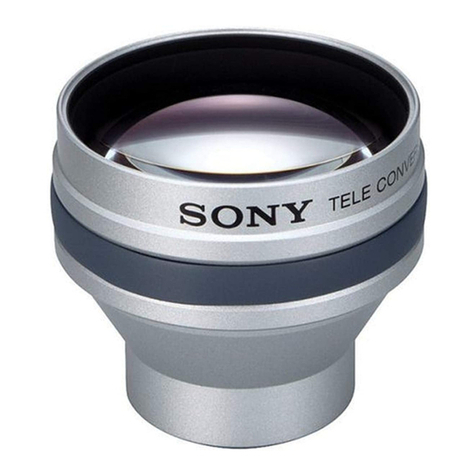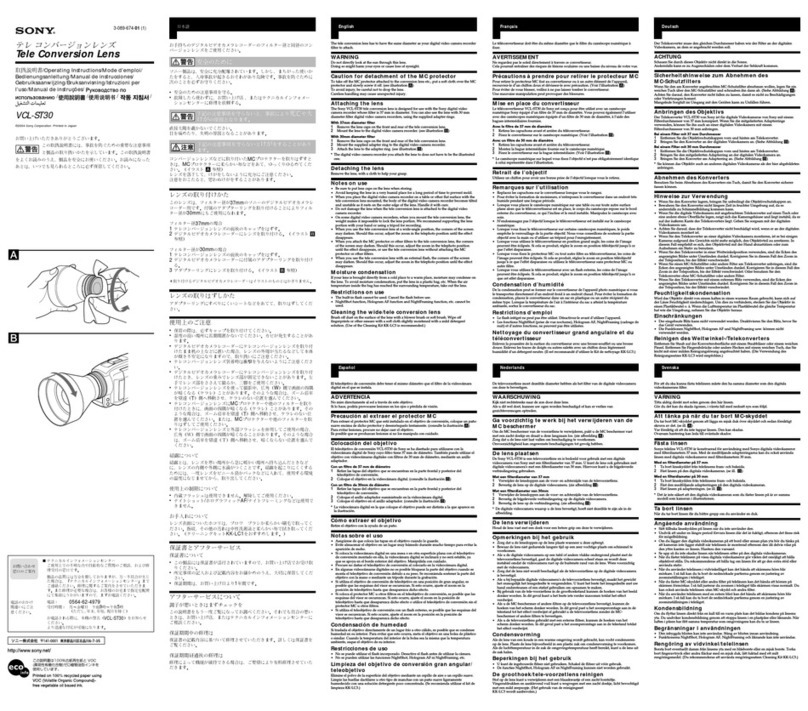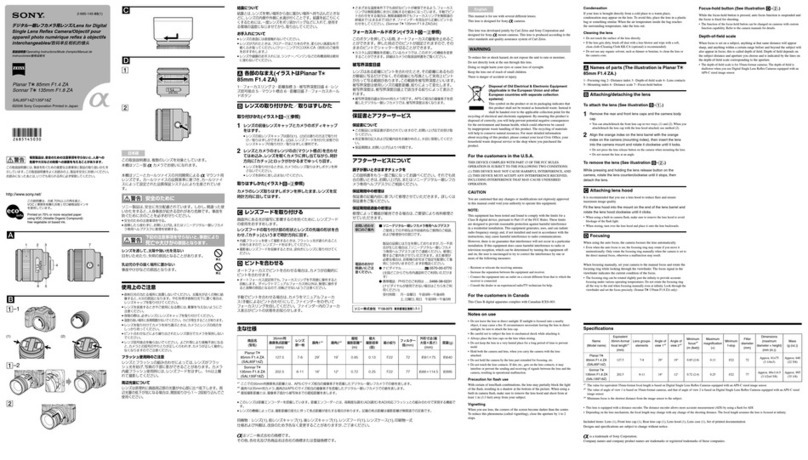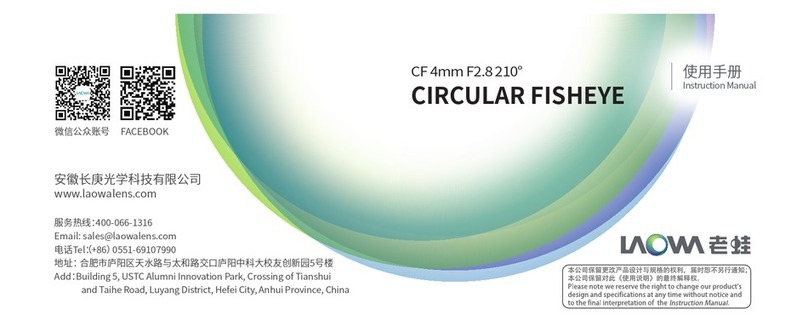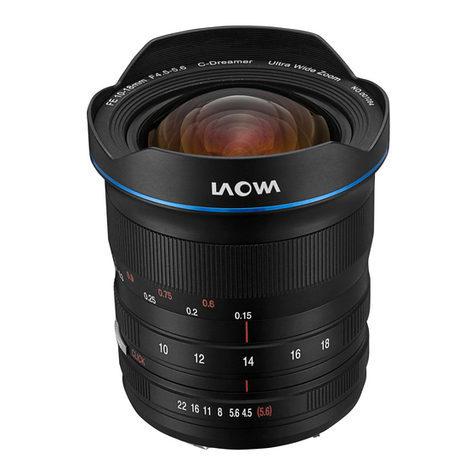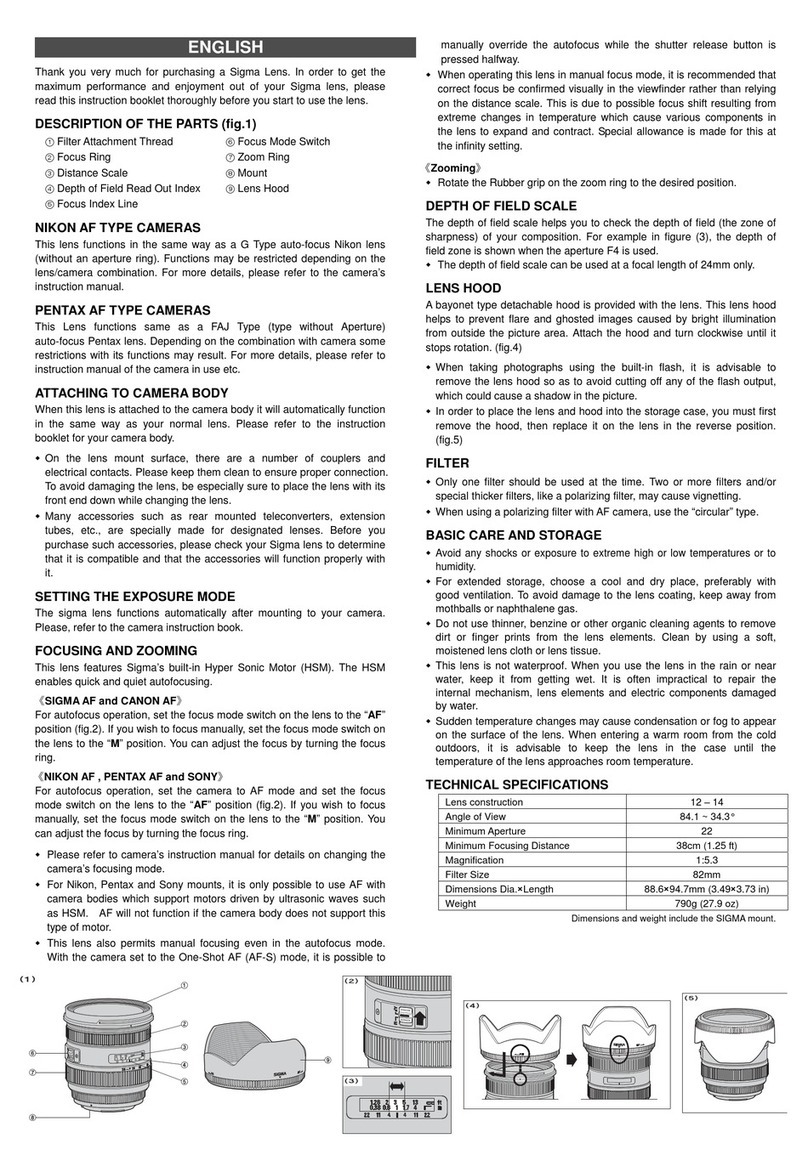
Features
The Argus range features an internal focusing design, which is the
mainstream photographic lens design of modern lenses. This lens
employs multiple groups of floating matching focus. It works to
correct any aberrations and to achieve corner-to-corner sharpness at
all focal distances. Laowa Argus 45mm f/0.95 CF APO with internal
focus helps the photographer with stability, preventing the dust or
ashes falling into the lens. The physical size of an internal focusing
lens does not change during focusing. It is able to use the accessories
designed to be set to a specific position like matte boxes, UV filters.
The internal focusing design achieves a low breathing effect by
inter-group interval correction, which is suitable for photo shooting
while also being more suitable for video shooting.
The lens employs a mechanism which switchable for clicked or
de-clicked aperture. De-clicked aperture allows for smooth exposure
adjustment during the video shooting. The optical design optimizes
for a lower breathing effect and it eliminates the distraction of the
changes in angle of view when moving focus from one subject to
another.
The lens is constructed of 13 elements in 9 groups, including one
aspherical element, one extra-low dispersion element and 3
high-refractive index elements. The all-metal structure ensures the
lens’ assembly accuracy and reliability.
The maximum aperture of this lens is f/0.95, which allows you to
shoot at lower light levels without boosting the ISO so the unwanted
noise in the images will be eliminated. A fast aperture also brings a
shallow depth of field for more prominent shots of the subject.
1615
